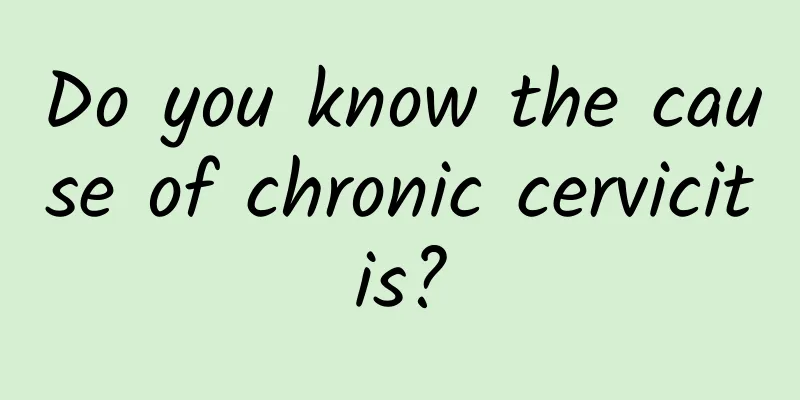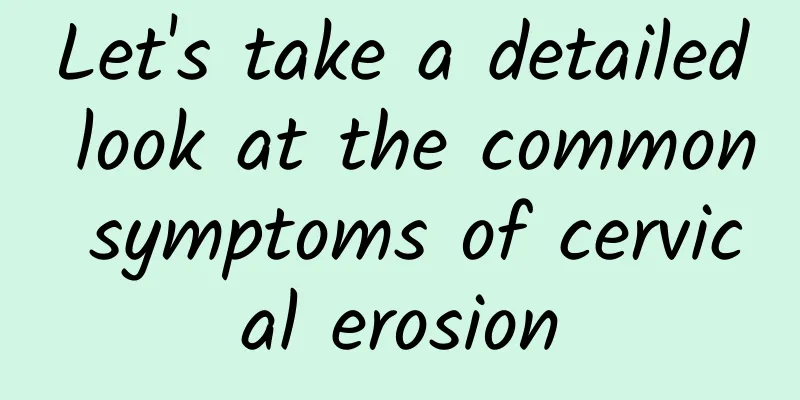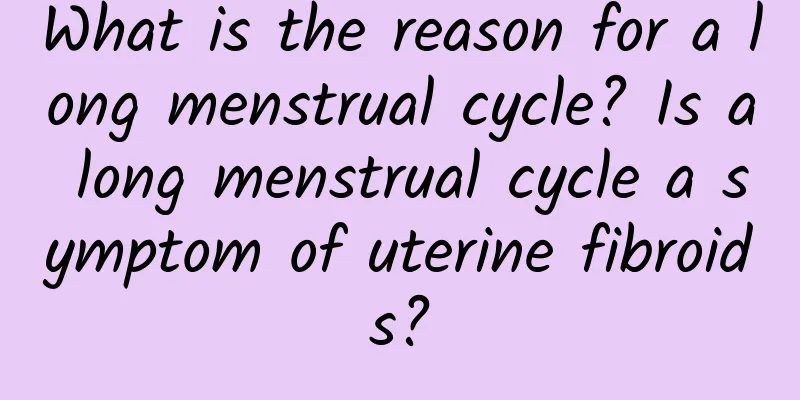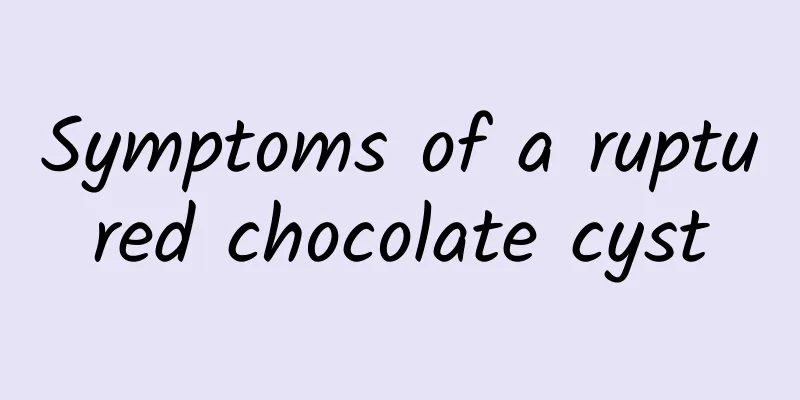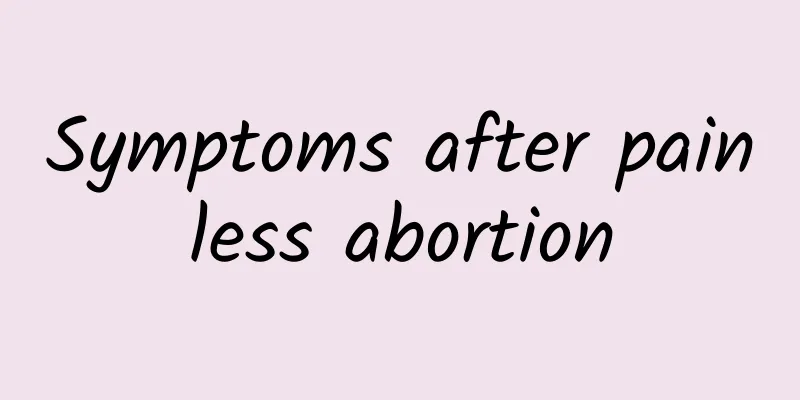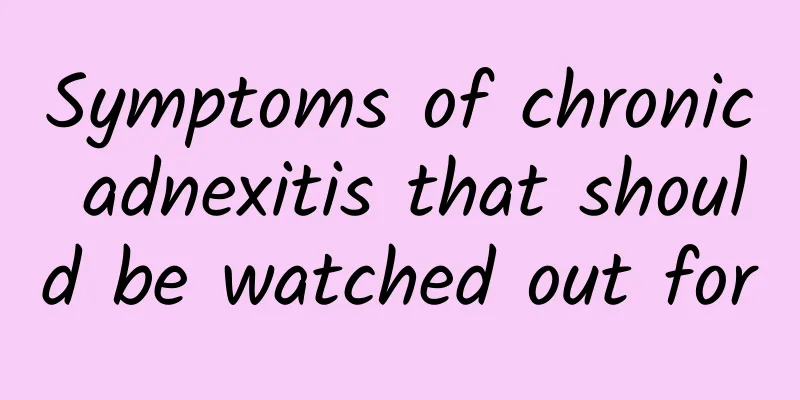What diseases can endometriosis cause?
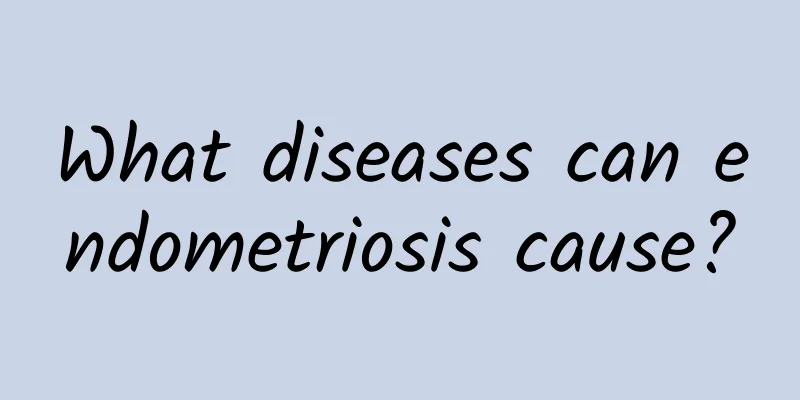
|
What diseases can endometriosis cause? Endometriosis is an estrogen-dependent disease that is prone to recurrence and has the ability to metastasize and implant to distant sites. Although it is a benign lesion, it has malignant behavior. Common complications include irregular menstruation, dysmenorrhea, dyspareunia, and infertility. 1. Irregular menstruation: Abnormal patients often have shortened menstrual cycles, increased menstrual volume or prolonged menstruation, indicating that the patient has ovarian dysfunction. Irregular menstruation can be used as a diagnostic reference, but it is worthless in differential diagnosis. 2. Dysmenorrhea: The clinical feature of endometriosis is progressive dysmenorrhea, which is a common and prominent feature. It is mainly secondary, that is, since the onset of endometriosis, patients say that they had no pain during menstruation in the past. Dysmenorrhea starts from a certain period and can occur before, during and after menstruation. Some dysmenorrhea is very severe and requires bed rest or medication to relieve the pain, and even "rolls on the kang" or hits the head in pain. The pain often worsens with the menstrual cycle and disappears after the menstruation ends, but domestic reports show that about 21% of patients have no dysmenorrhea. 3. Pain during sexual intercourse: Pain during sexual intercourse may occur when there are ectopic endometrial nodules in the vaginal vault, nodules or adhesions in the rectal pit, or adhesions of the ovaries to the pelvic floor. When the fibrosis, hyperplasia, and contraction of the posterior lobe of the broad ligament are obvious, the ureter may be exogenously compressed, causing it to be narrowed and blocked, and urinary system symptoms may also occur. In severe cases, hydroureter or hydronephrosis may occur. 4. Infertility: About 50% of patients with endometriosis are infertile, and about 30-40% of patients with unexplained infertility suffer from endometriosis. Endometriosis causes infertility, which is often caused by pelvic masses, adhesions, fallopian tube blockage, poor follicle development or ovulation disorders caused by the disease; once pregnant, the ectopic endometrium is suppressed and atrophies, which plays a good role in the treatment of endometriosis. Some cases of habitual abortion are caused by endometriosis. |
<<: How long does it take to treat chronic cervicitis?
>>: Why does hydatidiform mole bleed after curettage?
Recommend
TCM Diagnosis of Pelvic Peritonitis
Pelvic peritonitis is a common gynecological dise...
What is a physiological ovarian cyst? How to treat a mild ovarian cyst?
What about physiological ovarian cysts? How to tr...
What are the treatments for uterine fibroids? What are the pros and cons of treatments for uterine fibroids?
1. Follow-up observation: If the fibroid is small...
How long after abortion can I have sex?
How long after an artificial abortion can you hav...
What should women do if they have uterine fibroids? Under what circumstances do uterine fibroids require surgery?
Surgery is known as the ideal method for treating...
How long after the abortion can I exercise? Pay attention to these matters after the abortion
Many female friends are not very clear about the ...
How to avoid miscarriage? Do these 5 things
There are many ways for women to avoid miscarriag...
Eat a low-sugar diet to lose weight, no more scratching your head over the menu! The American weight loss queen teaches you how to make Italian dishes with zucchini without cooking
I tend to make bad eating choices at dinnertime, ...
The treadmill is a dangerous place! 5 must-read safety tips
careful! Treadmills may contain hidden dangers! A...
Are uterine fibroids and ovarian cysts the same? What are the symptoms of ovarian cysts?
Ovarian cysts and uterine fibroids are very commo...
Is mild uterine prolapse serious?
Is mild uterine prolapse serious? Uterine prolaps...
What is the cause of heavy menstrual bleeding in adenomyosis?
Adenomyosis is a diffuse or localized lesion form...
What are the symptoms of vaginitis?
Vaginitis is a common disease among women, so it ...
At what age will menopause occur if only one ovary is left?
Women with one remaining ovary do not usually rea...
Hot pot calorie bomb! Eating spicy hot pot = 10 bowls of rice
Chinese people love to eat spicy hotpot, which is...

